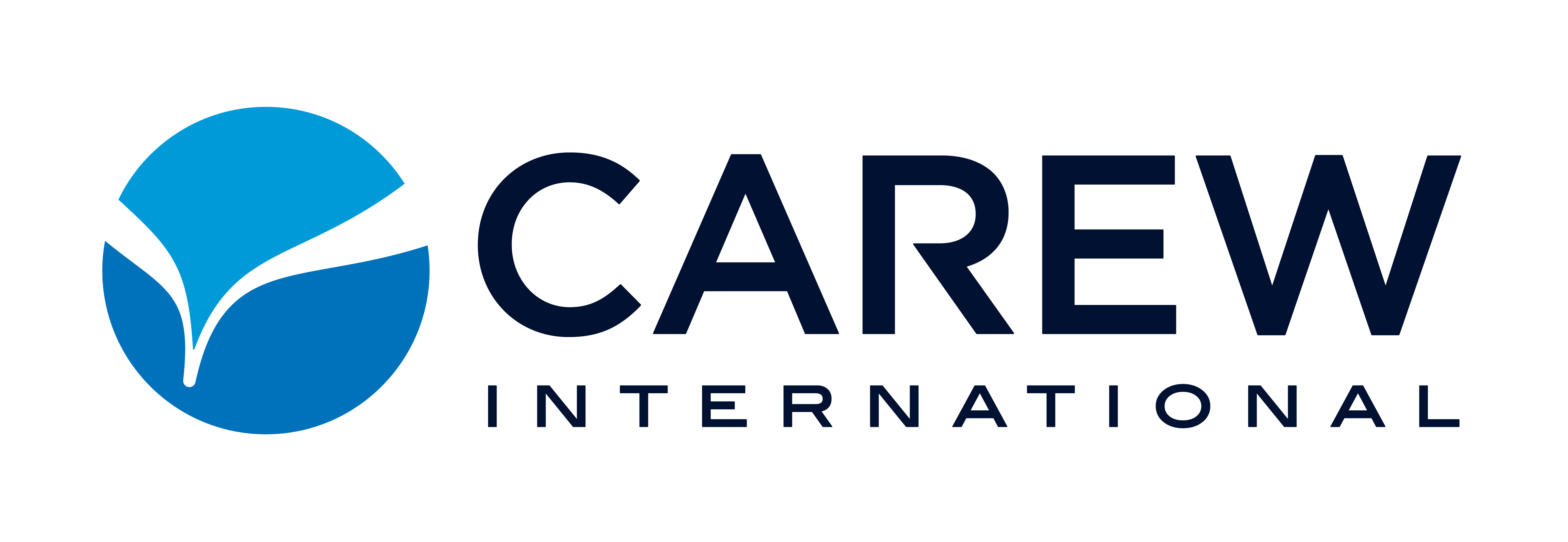We all believe the products and features offered at our businesses are superior. We are generally so excited about all the things we can do that we find ourselves bursting at the seams when presented with an opportunity to talk about our stuff. The reality, though, is that people outside of your business are probably not quite as excited about your stuff as you are. They are generally interested in one thing: the problem your product or service will solve for them.
How Much of Your Tech Are You Using?
Take, for example, your everyday use of the items you own. The likelihood that you are utilizing all the bells and whistles of your products, services, and technology is low. I have an iPhone and I generally use it for phone calls, text messages, online purchases, managing my schedule and checking my email. But the iPhone is one of the most powerful 6-inch items in the world and I am certainly not using it to its full potential. In fact, I am probably only utilizing close to 20% of its functionality. Does that matter tome, though? No – because the things I use my iPhone for are functioning properly and solving the problems I need solved.
The same thing goes for your customer. When you are having exploratory conversations about their needs, focus on uncovering their GAP, or desired outcome. What is the 20% of your solution that aligns with the customer’s needs? Move into your presentation concentrating solely on the Features, Advantages, and Benefits that will serve your customer’s purpose. Sell to their GAP. If you overwhelm them with every feature of your solution and then ask for the deal, you are left exposed and vulnerable to hearing “no” (which you will inevitably hear because you didn’t hone your presentation). Steve Gruber at Venture Accelerator Partners puts it well, “A product or service sale results from solving a problem. Whether it be a person or a company, you don’t buy the bottle of vitamin water because you like the color. You purchase it as a means to quench your thirst. The drink is a solution to being thirsty.”
Selling the Right Solution
How do you know you’re selling the right solution? It comes down to good communication, asking the right questions and getting into your customer’s operating reality, or for those familiar with Carew’s Dimensions of Professional Selling® program, getting into your customer’s Odds Are. This requires thinking in terms of your customer’s concerns, finding the real “why” and selling a solution tailored to your client’s needs.
In other words, “Transforming your team’s approach to sales requires a shift from just pushing products to creating genuine connections with people,” says Sona Jepsen of Entrepreneur.
The next time you are in a position to present to a client, make sure you’ve done the work to uncover their true priorities and desired outcomes. Remember the iPhone example and the 20% of those features you’re using – sell your customer on that 20% and you can’t go wrong. In other words, focus on the 20% of your product or service that can have the greatest impact on them.





